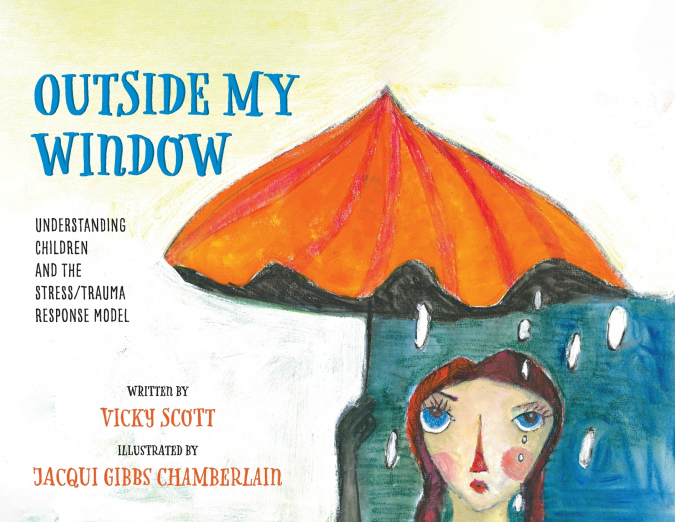
Vicky Scott
Children who have adverse life experiences are often judged by their behaviour or may be labelled with diagnoses. They are often in survival mode because of their traumatic experiences. Outside My Window helps readers to understand what happens in survival mode, or as one little person said, `I am not bad ... just sad and mad'. The purpose of this book is to teach young children primarily aged 5-12, their carers, teachers and therapists about the impact of Adverse Childhood Experiences (ACEs) on their feelings, body, behaviour and thoughts about themselves. Vicky's practice is based on the premise that `we do the best we can with the tools we have at the time'. Children (and later adults) who are dealing with family violence in all its forms, and/or neglect, do not have the skills and resources to cope with such experiences. Survival mode is the natural strategy, and it may continue to be used well into adult life. Outside My Window is based on the `Window Of Tolerance' (WOT) model of autonomic arousal, which was first put forward by Dr Daniel Siegel in 1999. In this stress/trauma response model, he proposed that between the extremes of sympathetic hyperarousal and para-sympathetic hypoarousal is a `window' or range of optimal arousal states in which emotions can be experienced as tolerable and are therefore able to be integrated. Educating parents, teachers, caregivers, and those who work with children, youth and traumatised adults about the stress model allows for therapeutic, compassionate and helpful conversations that remove blame and shame. There is less judgement, more cooperation, and greater safety for a child who is outside their window.A note for carers, counsellors, parents and teachers The stress/trauma response model helps to identify risks, enabling the child to recognise their survival response without feeling there is something intrinsically wrong with them. A conversation can take place that gives a child permission to talk about their fears and worries so that support can be implemented. The model can be used on a whiteboard for therapeutic assessment and psycho-education, enabling information-gathering without the child feeling that they are the sole focus of attention, which could otherwise result in shut-down. Problems are seen within a global human framework, rather than as personal behaviour issues. As you read Outside My Window with children, use it as an opportunity to have a conversation about safety and concerns, and seek support or notify services if at anytime a child reports any of the worries dealt within this book. Outside My Window is also used with traumatised adults as they often have a hurt child part inside who can relate to and has experienced the trauma/survival response. It has often brought tears and relief.